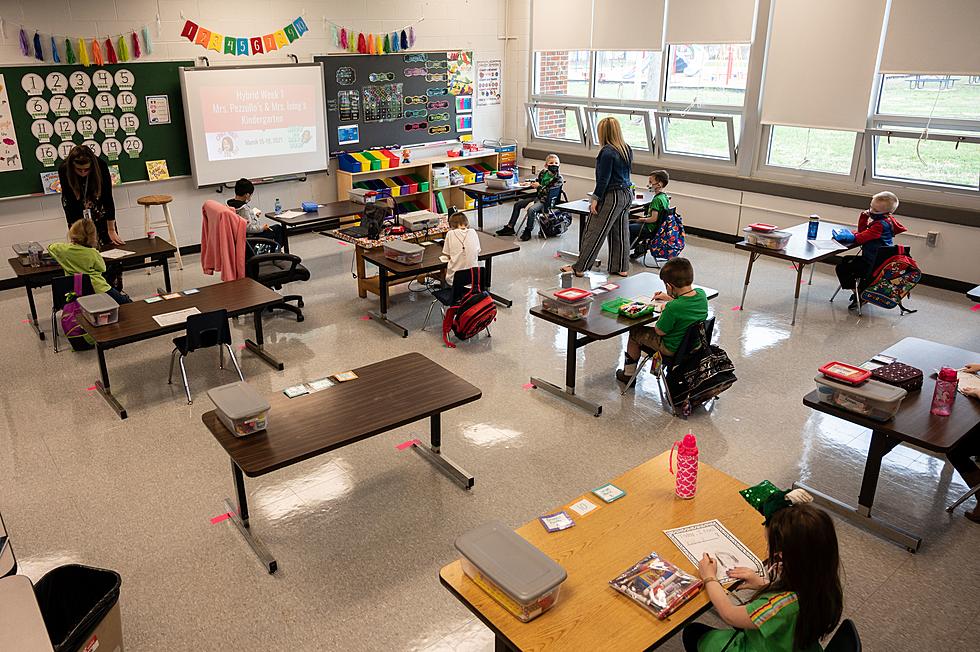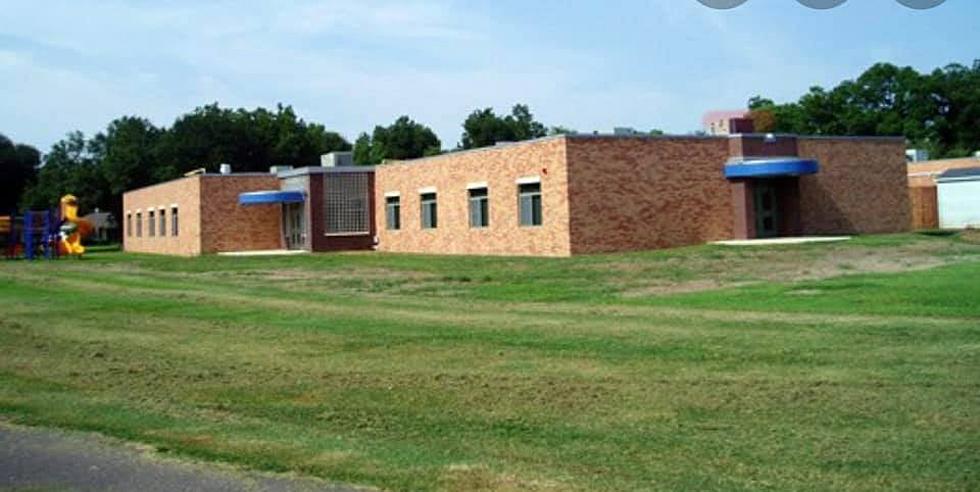![LA’s Senior U.S. Senator Mary Landrieu Speaks Out On Charter Schools [Op-Ed]](http://townsquare.media/site/180/files/2011/05/Mary-Landrieu.jpg?w=980&q=75)
LA’s Senior U.S. Senator Mary Landrieu Speaks Out On Charter Schools [Op-Ed]
Celebrating Charter Schools
By Sen. Mary Landrieu
As a parent of two precious and delightful children, I know firsthand the value of a quality education to secure their future.
Many Americans families are fortunate to live in places where public schools provide engaging and effective instruction, and a culture of achievement that inspires students to aim high and thrive. Other families have the financial means to provide their children with a top-notch private school education. Unfortunately, too many Americans are left without either option and their children are falling through the cracks. This cannot continue if America is going to maintain a leadership role and produce young adults who have the knowledge and skills to compete and win in the worldwide marketplace. Fortunately, in a growing number of communities, there is another option for parents and students: public charter schools.
Earlier this month, we celebrated the 12th annual National Charter Schools Week, which provided an opportunity to take stock of how successful many charter schools have been and what we can do to replicate them across the country. Charter schools are public schools that receive public funding and serve the same neighborhood students as traditional public schools. Currently, close to 5,000 charter schools are serving more than 1.6 million children in our country. These schools are required to meet the student achievement accountability requirements under the Elementary and Secondary Education Act of 1965 in the same manner as traditional public schools. However, they differ from traditional public schools in several important ways. Charter schools operate free from many district rules and regulations, so they have more freedom to innovate. Charter schools have autonomy in areas such as the length of the school day and year as well as principal and teacher recruitment, selection, and development. With this freedom comes greater accountability for improved student achievement. Unlike public schools, charter schools that aren’t successful may lose their charter and be forced to close.
There are countless examples of high-performing charter schools that are producing impressive results and they continue to show that our students, including our low-income and minority students, can and are rising to great academic heights. In my home state of Louisiana, there are 90 public charter schools, including 61 in the city of New Orleans, representing 70 percent of the city’s 40,000 students – a higher proportion than in any other school system in the United States. The city’s Sci Academy is one remarkable example of a successful charter school. Sci Academy opened in 2008 with 90 ninth-graders entering a rigorous and inspiring environment. More than half of the ninth-graders who entered Sci Academy's inaugural class had failed state promotional tests, and more than 70 percent read well below the ninth-grade level. Many of these students had missed a full year of school because of Hurricane Katrina and were significantly behind other students their age. Incredibly, that same freshman class later scored a 76 percent on our state test, making it the third most successful high school in New Orleans.
Here in the District of Columbia, charter schools are an integral part of improving education outcomes in the city. Starting with two small campuses in 1996, DC public charter schools now educate nearly 40 percent of the school age children in the District and they serve the highest percentage of low-income and minority students in the city’s most economically disadvantaged neighborhoods. DC’s public charter schools outperform the city’s traditional public schools from the 5th grade up and they graduate 84 percent of their students – higher than both the city and national average.
Where quality charter schools exist, parents have choices and they are overwhelmingly choosing public charter schools. At many of these schools waiting lists are long. In fact, more than 50 percent of charter schools report having a waiting list and the total number of students on all such lists is enough to fill more than 1,100 average-sized charter schools.
Over the past 17 years, Congress has provided $1.6 billion in funding to the promising charter school movement through grants for planning, program design, initial implementation, replication, expansion, dissemination, evaluation, and facilities. Our efforts at the national level are beginning to show real results. Maintaining-and increasing where possible-funding for charter schools is a winning proposition for parents for students and for organizations.
Make no mistake, America will only go as far as our collective talent and ability take her. And our future will continue to be shaped by how well we prepare today’s students for tomorrow’s challenges. Parents who are doing everything they can to give their children every opportunity for success deserve not only a quality choice but a solution to educating them. Successful charter schools provide that choice and that solution, and the time is now to make them a central component of our education strategy all across the country.
More From News Radio 710 KEEL









